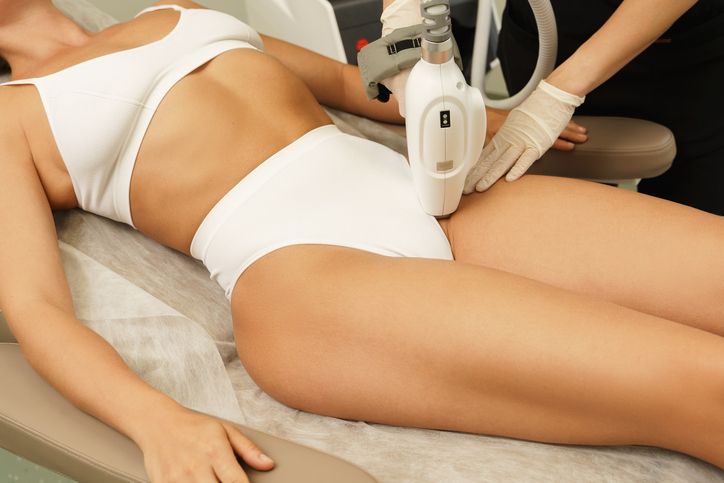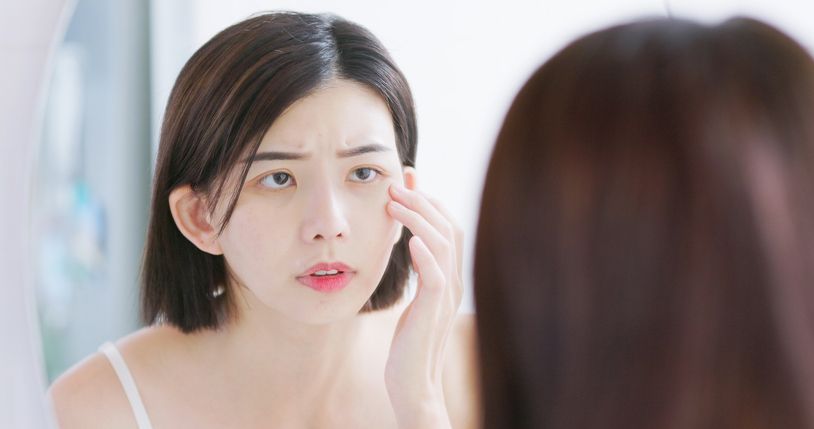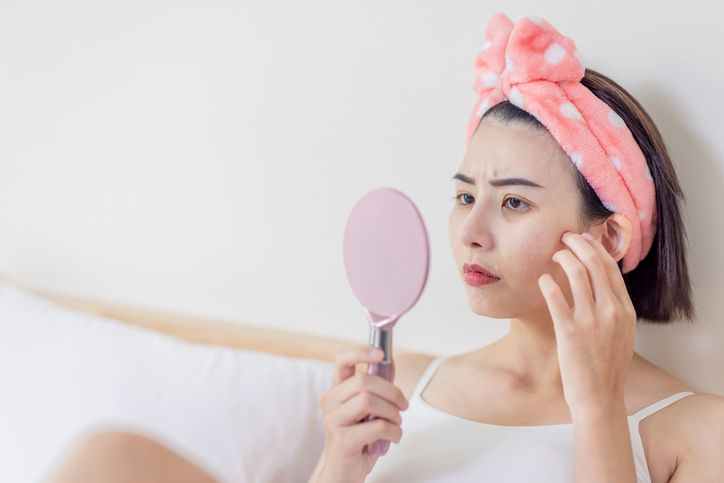- Home
- Trend
- Weight Loss Strategies
- Acne Tips
- Hair Health Information
- Blemish Removal Tips
- Acne Scar Removal Tips
- Muscle Building Techniques
- Intimate Care Tips
- Postpartum Intimate Care
- Eye Bags Wiki
- Tips for Face Slimming
- Secret of Permanent Hair Removal
- Breast Enlargement Tips
- Cure to Snoring
- Marionette Lines
- Skin-Tightening Secrets
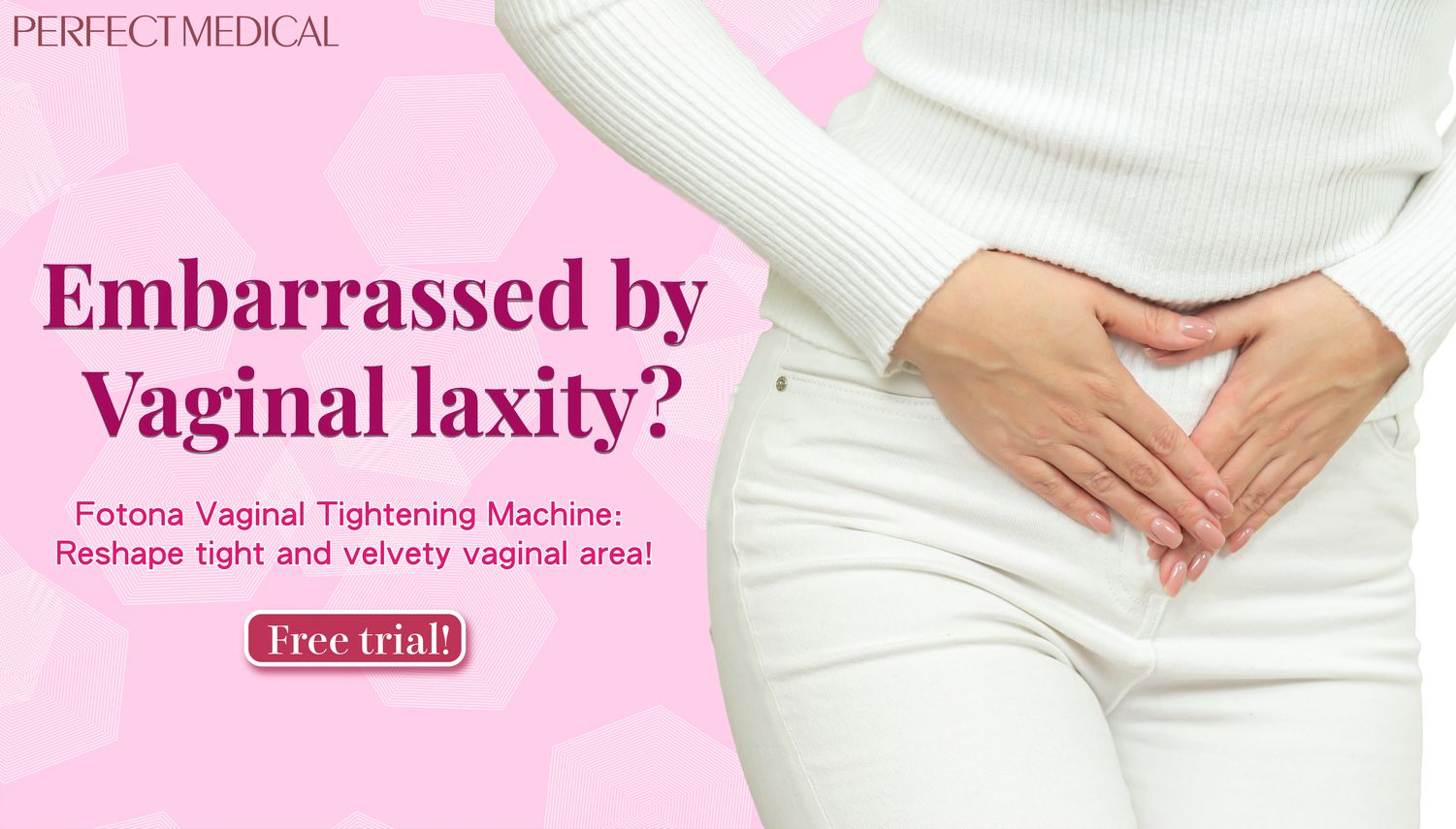
免費體驗
Fotona Vaginal Tightening Machine
1 Minute Self-Registration
Date should not be before minimal date
Struggling to hold your urine or racing against time to avoid a leak? Incontinence, a topic often shrouded in silence, affects countless women, impacting self-esteem and daily life. Yet, managing and improving this condition is entirely possible with the right approach. From pelvic floor exercises to innovative treatments, discover effective strategies tailored for you, including Kegel exercises and more, aimed at enhancing bladder and bowel control.
1
What is Incontinence?

Imagine your day disrupted by an urgent need to urinate or defecate, risking leakage. This reality, known as incontinence, varies from minor leaks during a sneeze to an uncontrollable urge to urinate, profoundly affecting daily activities and emotional well-being. Yet, understanding and addressing incontinence can significantly improve your quality of life.
2
The Role of Pelvic Floor Muscles in Incontinence
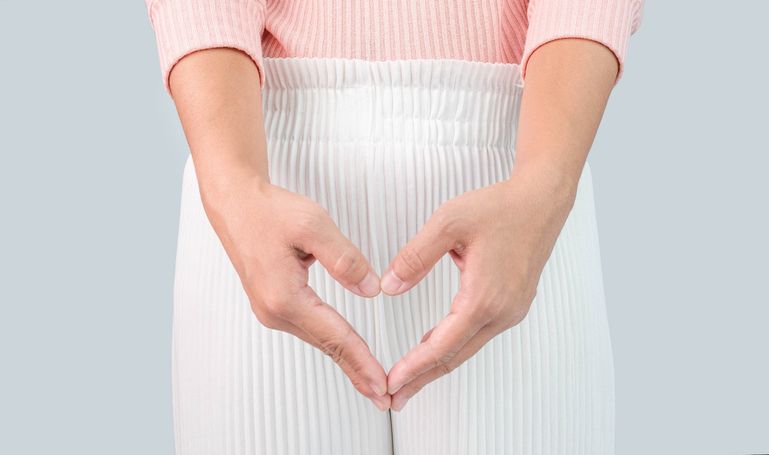
Your pelvic floor muscles are crucial for maintaining bladder and bowel control. Contracting these muscles tightens your urethra and anus, preventing leaks. However, weakened or damaged pelvic floor muscles diminish control over urination and bowel movements, leading to incontinence. Strengthening these muscles is key to managing incontinence symptoms.
3
Common Symptoms of Incontinence in Women
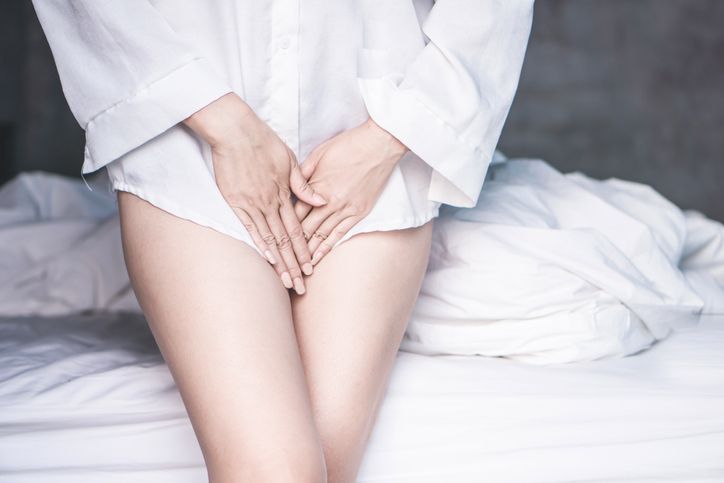
Leakage from Abdominal Pressure
Activities that increase abdominal pressure, such as laughing, coughing, or lifting, can lead to unexpected urine leaks if your pelvic floor muscles are weakened, highlighting the importance of maintaining strong pelvic support to prevent leakage.
Sudden, Intense Urge to Urinate/Defecate
Weakened pelvic floor muscles can lead to a sudden, overwhelming urge to use the bathroom, with a risk of leakage if you're unable to reach it in time, underscoring the need for effective bladder control.
Movement-Induced Leakage
Rapid movements increase intra-abdominal pressure, challenging weakened pelvic floor muscles and potentially causing leakage, emphasizing the importance of muscle strength for maintaining control.
Incomplete Emptying of the Bladder/Bowel
A weak pelvic floor can prevent complete emptying of the bladder or bowel, leaving you feeling unsatisfied and at risk of leakage, indicating the necessity for pelvic muscle strengthening.
Impact on Sexual/Social Life
Compromised pelvic floor muscles can affect vaginal structure and function, potentially leading to discomfort, risk of infection, and painful sex, highlighting the broader impacts of weakened pelvic muscles.
4
Types of Incontinence
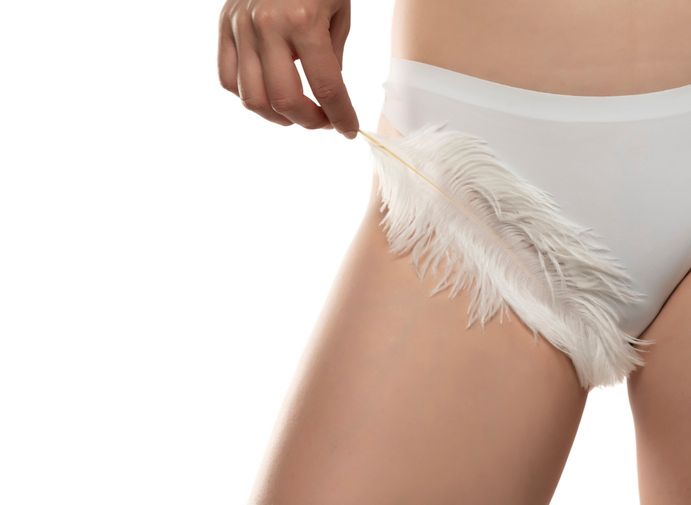
Urinary Incontinence
This common condition involves involuntary urine leakage, with several subtypes each presenting unique triggers and symptoms.
Stress Incontinence
Leakage due to abdominal pressure from actions like sneezing indicates stress incontinence, pointing to the need for stronger pelvic floor support.
Urge Incontinence
Characterized by sudden urination urges, urge incontinence reflects weakened pelvic muscles' inability to regulate urine flow, disrupting daily life.
Mixed Incontinence
Experiencing both stress and urge incontinence doubles the challenge, emphasizing the critical role of pelvic floor strength.
Overflow Incontinence
Frequent but minimal urination and subsequent leakage signify overflow incontinence, necessitating improved bladder emptying practices.
Faecal/Bowel Incontinence
Beyond urine, incontinence can involve fecal leakage, significantly impacting life quality and underscoring the importance of comprehensive pelvic floor support.
Dual Incontinence
Experiencing both urinary and fecal incontinence compounds challenges, stressing the importance of effective management strategies.

免費體驗
Fotona Vaginal Tightening Machine
1 Minute Self-Registration
Date should not be before minimal date
5
Factors that Increase Risk of Incontinence
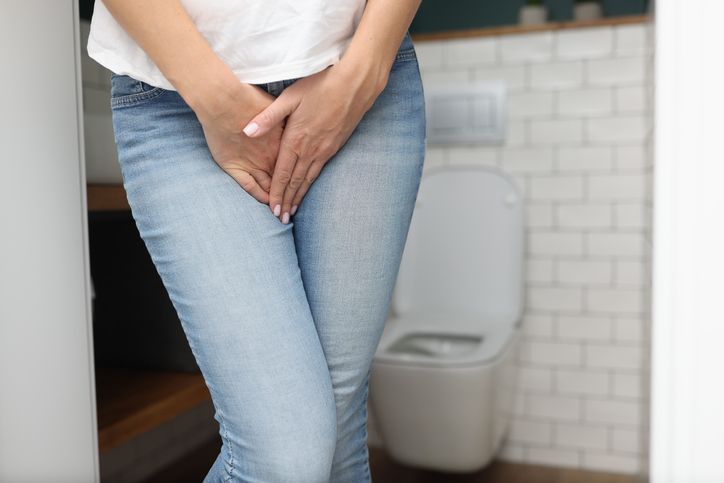
Various factors contribute to incontinence, primarily through weakening pelvic floor muscles. Understanding these can guide prevention and management efforts.
Age
Aging naturally weakens pelvic muscles, reducing bladder and urethra support and increasing incontinence risk, particularly among women over 50.
Pregnancy and Childbirth
These life events pressure pelvic muscles, risking damage and incontinence, highlighting the need for postpartum pelvic floor strengthening.
Vaginal Atrophy
Menopause-related vaginal tissue changes reduce support for pelvic muscles, raising incontinence risk and underscoring the importance of hormonal balance.
Menopause
Hormonal shifts during menopause weaken pelvic muscles, complicating urination control and emphasizing the need for targeted muscle strengthening.
Hysterectomy
Removing the uterus may disturb pelvic support structures, elevating incontinence risk and underlining the importance of post-surgical pelvic health.
Obesity
Excess weight strains pelvic muscles, leading to incontinence, linking obesity management with improved pelvic support and bladder control.
Heavy Lifting
Frequent lifting strains pelvic muscles, weakening bladder support and highlighting the importance of safe lifting practices.
Chronic Constipation
Constant straining from constipation pressures pelvic muscles, loosening them and emphasizing the need for dietary management to preserve muscle strength.
Smoking
Coughing from smoking increases abdominal pressure, weakening pelvic support, and deteriorating urinary tract health, stressing the need to quit for improved muscle control.
Caffeine and Alcohol Intake
These diuretics irritate the bladder and exacerbate incontinence in already weakened muscles, suggesting moderation for better urinary control.
Sedentary Lifestyle
Physical inactivity weakens pelvic muscles, linking regular exercise with enhanced pelvic health and reduced incontinence risk.
6
Easy Habits to Prevent / Improve Incontinence At-Home
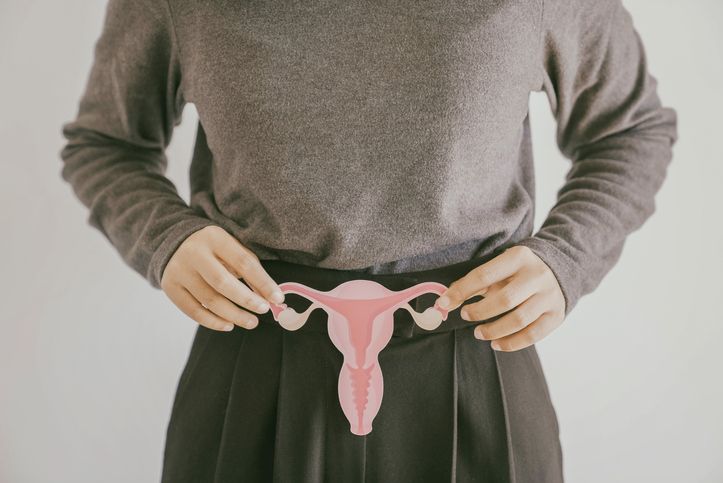
Living with urinary incontinence can challenge your daily routine, but integrating simple habits can markedly ease symptoms. Whether you're aiming to bolster your pelvic floor muscles or seeking lifestyle changes to manage incontinence in women, these strategies will empower you to regain bladder and bowel control, ensuring a significant improvement in your quality of life.
Pelvic Floor Muscle Training (Kegel Exercises)
Kegel exercises are a cornerstone for strengthening pelvic floor muscles, crucial for effective bladder control and reducing urinary incontinence. By contracting these muscles—as you would to stop urine flow—for a few seconds and then relaxing, you enhance muscle tone. This routine, performed regularly, can mitigate stress incontinence, preventing urine leaks when you laugh, sneeze, or engage in physical activity.
Maintain a Healthy Weight (Dieting and Exercising)
A balanced diet and consistent exercise regimen can relieve excess pressure on your bladder and pelvic floor, crucial for managing stress and urge incontinence. High-fibre foods also prevent constipation, a common trigger for urinary tract stress, ensuring smoother bowel movements and less strain on pelvic muscles.
Proper Postures when Heavy Lifting
Adopting correct postures during heavy lifting safeguards your pelvic floor from undue stress, minimizing the risk of leakage. This approach helps maintain optimal pelvic health and function, essential for those engaged in physical work or fitness activities involving lifting.
Do Core Strengthening Exercises
Core workouts indirectly support and enhance pelvic floor strength, contributing to better bladder and bowel control. Incorporating exercises like planks into your routine not only bolsters your core but also aids in managing incontinence, reducing incidents of unexpected leakage.
Quit Smoking
Quitting smoking reduces the frequency of coughing, a common cause of pelvic floor muscle stress, and improves vascular health. This change can significantly benefit the repair and overall function of pelvic tissues, supporting incontinence management.
Drink Less Caffeine and Alcohol
Limiting caffeine and alcohol intake reduces bladder irritation, helping maintain strong and flexible pelvic floor muscles. This adjustment decreases the urgency and frequency of bathroom visits, essential for those struggling with urge incontinence.
Limit Spicy and Acidic Food Intakes
Avoiding foods that irritate the bladder lining can alleviate discomfort and reduce symptoms of incontinence. This dietary modification is especially beneficial for individuals with a sensitive urinary tract, minimizing the urge to urinate and leakage.
Don’t Strain when Going to the Bathroom
Avoiding straining during bowel movements protects against nerve and muscle damage in the pelvic area. This precaution helps preserve bladder and bowel control, crucial for preventing incontinence.
Pelvic Floor Exercise on the Toilet
Utilizing bathroom breaks for pelvic floor training is an effective method to enhance muscle control. Performing Kegel exercises during these moments improves the strength and endurance of your pelvic muscles, significantly reducing leakage incidents and improving bladder and bowel control.
Scheduled Toilet Trips
Planning bathroom visits can preemptively manage bladder capacity, especially useful for urge incontinence management. This strategy allows your bladder to adapt to a regular emptying schedule, reducing the need for sudden trips.
Double Voiding
Double voiding ensures complete bladder emptying, a key practice for avoiding overflow incontinence. By urinating, pausing, then trying again, you can prevent the discomfort and leakage associated with incomplete emptying, enhancing bladder control.
Constipation Prevention
Maintaining a diet rich in fiber and staying hydrated facilitates regular bowel movements, essential for reducing pelvic floor strain. This habit is critical for preventing faecal incontinence, ensuring healthy bowel function.
Hormone Replacement Therapy During Menopause
Hormone replacement therapy (HRT) can counteract pelvic floor weakening associated with menopause by stabilizing estrogen levels. This treatment effectively maintains muscle and tissue health in the pelvic region, offering a viable option for managing incontinence post-menopause.
- 7 Factors That May Affect Your Vaginal Odor: The Last One May Surprise You
- Rediscovering Sensuality: Vagina Tightening and Sexual Wellness
- 6 Non-Surgical Ways to Tighten Your Vagina Naturally That No One Tells You About
- 3 Best Kegel Exercises You Must Do Now to Stop Bladder Leaks, Prevent Pelvic Organ Prolapse and Increase Sexual Pleasure — Doctor-Approved!
7
Treatment Options for Different Types of Incontinence
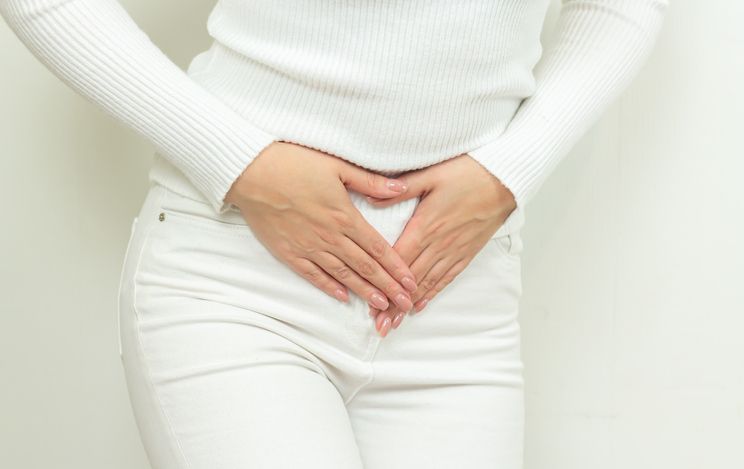
Navigating the array of treatments for incontinence marks a critical step toward reclaiming your independence and enhancing life quality. Each option, tailored to address various causes and forms of incontinence, promises unique benefits.
Medications
For those facing urge incontinence, medications like oxybutynin, tolterodine, and mirabegron relax bladder muscles, increasing capacity and easing urgency. However, they may bring side effects such as dry mouth and blurred vision, emphasizing the importance of consulting with a healthcare provider.
Pelvic Floor Physical Therapy
Specialized therapy under a physical therapist's guidance targets pelvic floor muscle strengthening, offering a personalized approach to improving urinary control. This non-surgical treatment requires dedication but lacks side effects, making it an appealing option for many.
Electrical Stimulation
Non-surgical electrical stimulation, involving electrodes placed near the pelvic region or internally, activates and strengthens pelvic floor muscles. Although some may find the sensation uncomfortable, it's a potent method for rebuilding muscle control without invasive procedures.
Vaginal Pessary
Vaginal pessaries, available in various sizes and shapes, support the bladder and reduce leakage. While non-invasive and effective, they necessitate regular maintenance and may cause discomfort or irritation, highlighting the importance of proper fitting and care.
Bulking Agents
Semi-surgical bulking agent injections at the bladder neck enhance tissue volume, aiding closure and reducing stress incontinence. While minimally invasive with quick results, the treatment carries risks associated with foreign material injection, including potential repeat procedures.
Artificial Urinary Sphincter
This surgical option involves implanting a device to control urine flow, offering significant relief for severe incontinence. Despite its effectiveness, patients must consider the surgical risks, potential discomfort, and the possibility of device failure.
Sling Procedures
Sling surgeries utilize various materials to support the urethra, preventing stress-induced leaks. While offering durable results, potential complications such as mesh erosion and urinary retention warrant careful consideration.
Bladder Neck Suspension
Surgically lifting the bladder neck improves continence by restoring anatomical positioning. Though effective for stress incontinence, the procedure involves recovery time and surgical risks, necessitating a comprehensive evaluation of benefits and drawbacks.

免費體驗
Fotona Vaginal Tightening Machine
1 Minute Self-Registration
Date should not be before minimal date
FAQ

Can pregnancy and childbirth affect incontinence?
Pregnancy and childbirth are significant risk factors for incontinence in women. They can stretch and weaken the pelvic floor muscles, affecting their ability to control urination and leading to stress incontinence.
Is female incontinence a normal part of aging?
While not necessarily normal, incontinence is more common as women age, primarily due to the weakening of pelvic floor muscles, hormonal changes during menopause, and the increased likelihood of conditions that can cause incontinence.
Does diet or lifestyle have an impact on incontinence?
Yes, diet and lifestyle can affect incontinence. Obesity increases pressure on the bladder, and certain foods and drinks can irritate the bladder. Regular physical activity can strengthen pelvic floor muscles, reducing incontinence risk.
Are there any surgical options for treating incontinence?
Surgical options include sling procedures for stress incontinence and bladder neck suspension. These surgeries aim to support the urethra or bladder neck, preventing urine leakage during physical stress.
How can I manage incontinence in my daily life to reduce its impact?
Managing incontinence involves lifestyle changes such as fluid and diet management, regular pelvic floor exercises, using incontinence pads, bladder training and planning regular bathroom breaks.






